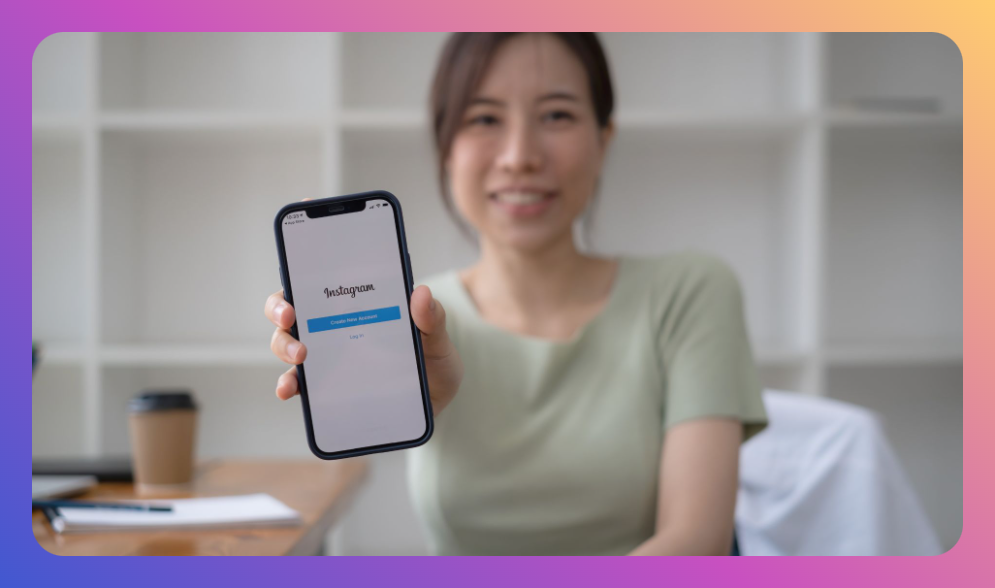Not knowing why they can't find a friend's profile on Instagram, millions of users ask, "How to see who has you blocked on Instagram?" Discovering that you've been blocked can feel alienating—it's the digital age's version of walking into a room where people suddenly stop talking. Sometimes, it's purely perplexing because there seems to be no apparent reason for the block, and this can lead to curiosity or concern.
Instagram, valued for its visual sharing and connection capabilities, maintains users' privacy by design, without direct indications of being blocked. This is a part of their approach to maintaining a respectful, non-confrontational environment. However, legitimate reasons exist for people wanting insights, from unraveling miscommunications to better understanding their digital relationships. Here's a detailed guide to help you answer the lingering question: how to see who has you blocked on Instagram.
You'll Learn:
- Understanding Instagram’s Blocking System
- Manual Methods to Identify a Block
- Utilizing Tools for Insight
- Reviewing Friend Interactions
- Frequently Asked Questions
Understanding Instagram’s Blocking System
Before diving into the methodologies, it's crucial to understand Instagram’s blocking dynamics. Instagram’s blocking feature is inherently discreet—it’s designed to be non-disruptive. When someone blocks you, Instagram doesn’t notify you explicitly. This means users are left to their own devices to determine if they’ve been blocked, making the journey to find out not so straightforward.
However, Instagram’s intent isn’t to leave users in discomfort but to prioritize a harmonious social environment. Recognizing the signs of being blocked not only helps in managing your own digital experiences but aids in improving how you interact with others online.
Manual Methods to Identify a Block
While Instagram doesn’t notify you if you're blocked, there are manual ways to investigate. These methods primarily involve examining behavior changes and account accessibility.
Method 1: Search the Profile
One of the simplest indicators is searching for a profile. Type their name in the Instagram search bar:
- If you can't find their profile, and it was visible before, it's a potential sign you’ve been blocked.
- If the profile is found, but you can't access their content or see a blank page, there's higher certainty.
- Cross-verify by logging out and searching the profile again in a browser to ensure the account still exists.
Method 2: Check Comments and Likes
Comments and likes previously visible from the suspected profile can offer clues:
- Navigate through your posts or those of mutual acquaintances. If comments from the speculated user vanish while others remain, this strengthens your hypothesis.
- Likes may disappear along with comments. However, a user can also unlike and delete their comments without blocking you, so additional signs are necessary for confirmation.
Method 3: Direct Message Attempts
Testing direct message access offers another layer of insight:
- If you’ve previously messaged them, locate your old conversation. Sending a new message is impossible if you’re blocked; the platform will indicate "User not found" or simply fail to deliver.
- Absence of profile picture or bio in the direct message window also indicates a block.
Utilizing Tools for Insight
While manual methods provide clues, technology can enhance these investigations. Although no official app reveals exactly "how to see who has you blocked on Instagram," third-party tools and social media management apps can offer auxiliary insights.
Tool Reviews:
1. Follower Insight Apps:
These apps estimate follower dynamics:
- Example Apps: Apps like Followers+ track lost followers. They cannot directly state if you've been blocked but help identify if their account is missing from your follower list.
2. Social Management Platforms:
Larger social media management suites come with certain analytics:
- Example Tools: Buffer or later.com provide engagement data, which may help identify if a previous high-engagement user is missing in your stats, although they do not explicitly flag a block.
3. Browser Extensions:
Some browser extensions promise insights into Instagram interactivity patterns:
- Pros and Cons: They may highlight blocked trends across accounts, aiding the broader investigation into your social environment. However, user privacy regulations often limit explicit block notifications.
Reviewing Friend Interactions
Friend interactions also play a pivotal role. Engage mutual friends to see if they can access the profile:
- Ask Indirectly: You might casually inquire whether mutual friends have also noticed absence or unavailability.
- Direct Discussion: If comfortable, open honest dialogues about digital interactions. This not only clarifies misunderstandings but may resolve real-life conflicts.
Frequently Asked Questions
1. Can Instagram notify users of a block?
Instagram’s policies prevent such notifications. Users must rely on the signs discussed to estimate blockage consistently.
2. Why would someone block me without an apparent reason?
Blocking can stem from various reasons, including privacy desires, content disagreements, or digital clutter. A lack of clear reason doesn’t indicate ill-will necessarily.
3. Are there any drawbacks to using third-party apps?
Yes, unauthorized apps can compromise account security and violate Instagram's data policies. It’s imperative users exercise caution, safeguarding personal data.
4. Can I know if someone unblocks me?
The only clear indicator is regaining access to previously unavailable profiles or direct re-engagement. Monitoring changes cautiously helps identify such shifts.
5. Does being blocked affect overall social media engagement?
Though your direct engagement with the blocker halts, it generally doesn’t impact broader engagement unless multiple blocks occur from similar user groups.
Summary
- Recognize Instagram’s subtle blocking system.
- Search profiles to identify missing users.
- Review comments, likes, and message delivery.
- Use third-party tools for broader insights.
- Engage mutual contacts to confirm accessibility.
Accurate methods entirely answering "how to see who has you blocked on Instagram" remain elusive, given Instagram's privacy commitments. However, coupling manual strategies with technology insights fosters digital clarity. Remember, while understanding block dynamics contributes to personal growth and interaction improvements, prioritize privacy and mutual respect—values underpinning successful digital engagements.
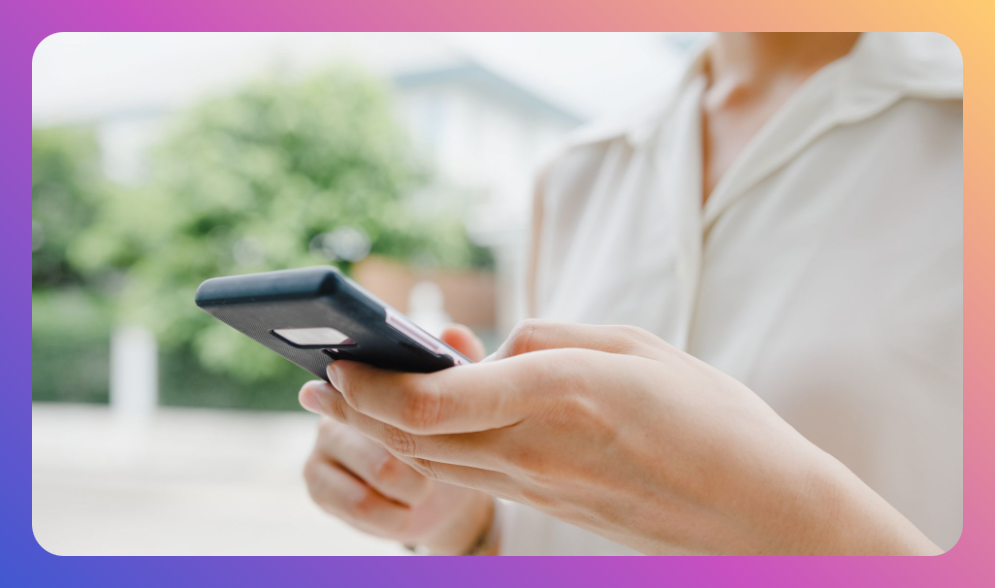
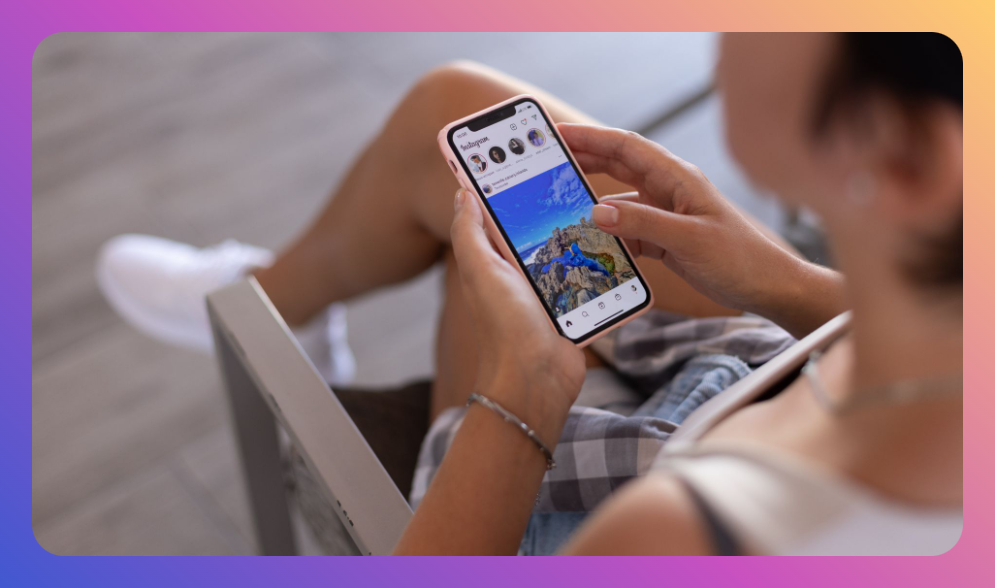
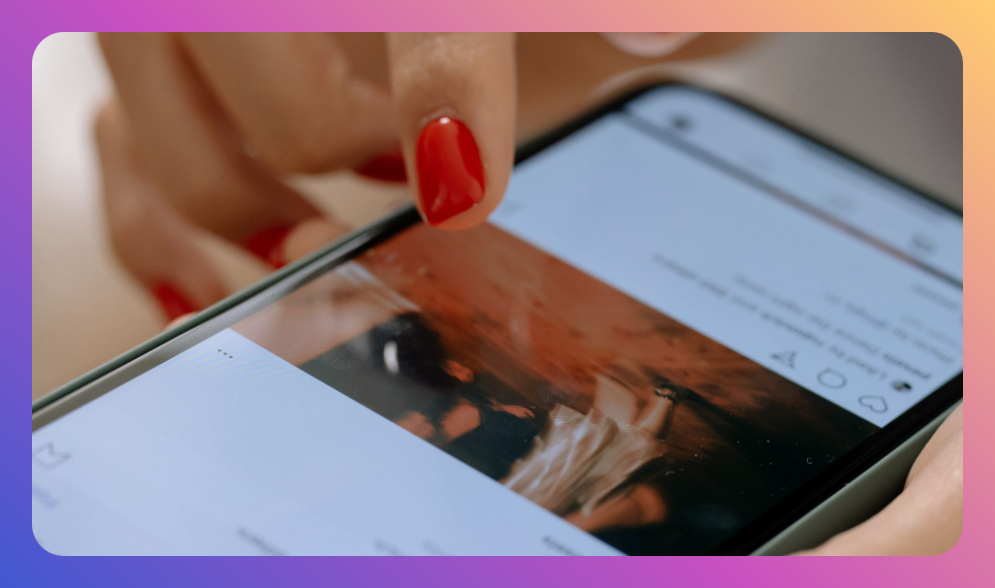
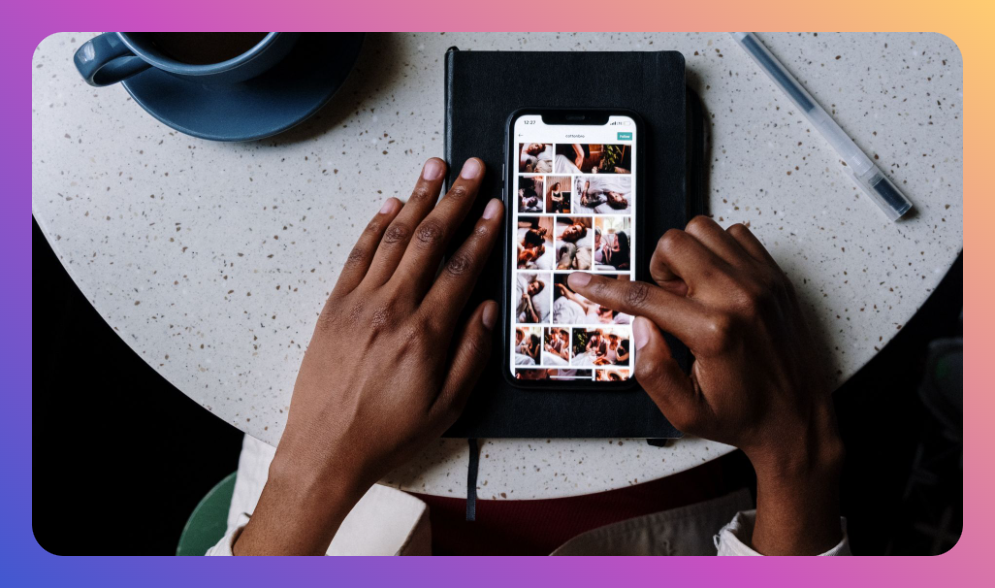
![How to Add Music to Instagram Post [5 Methods] how to add music to Instagram post](https://instahero24.com/wp-content/uploads/2024/08/fabpic-60.png)
